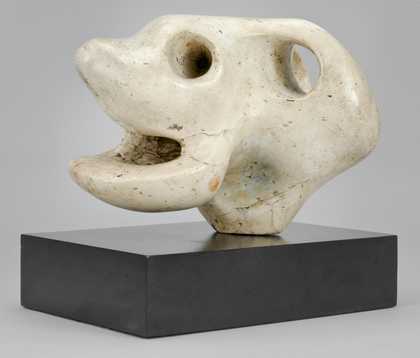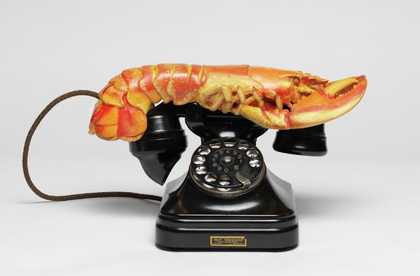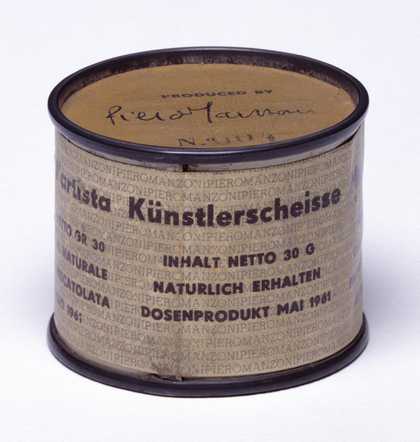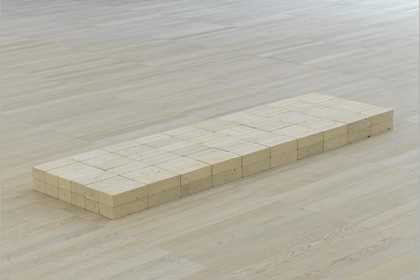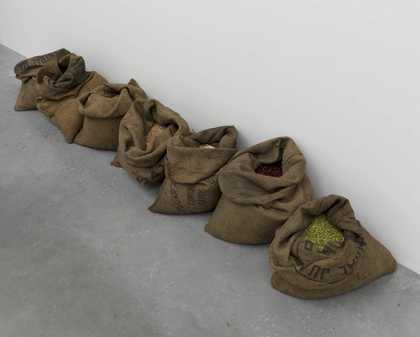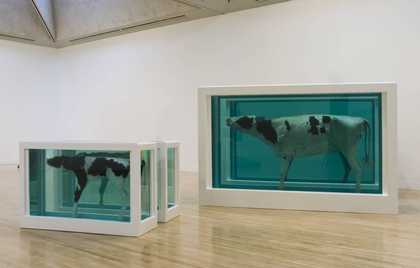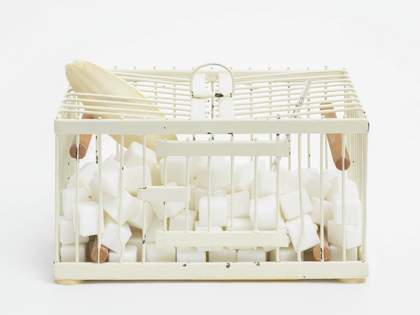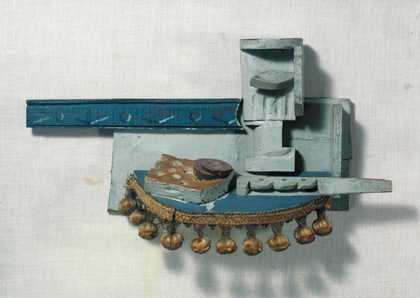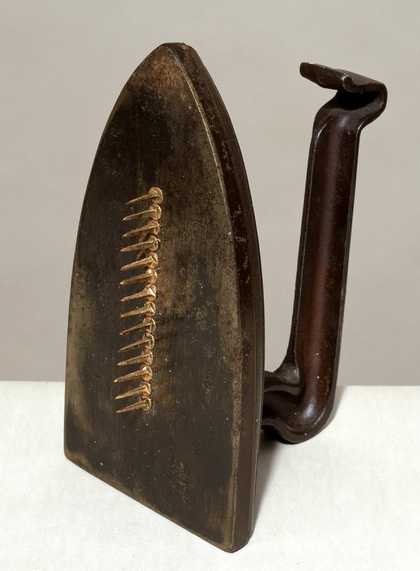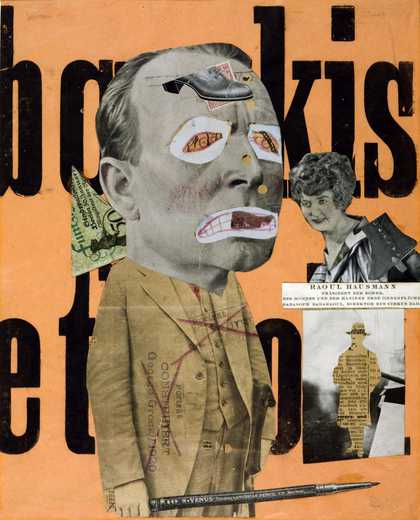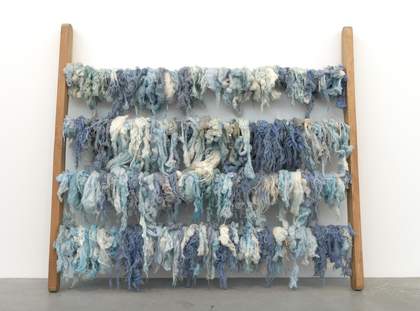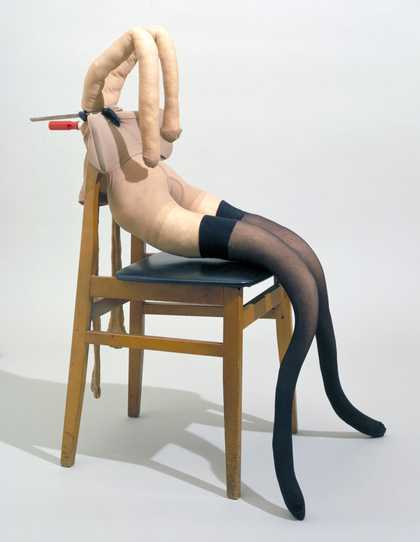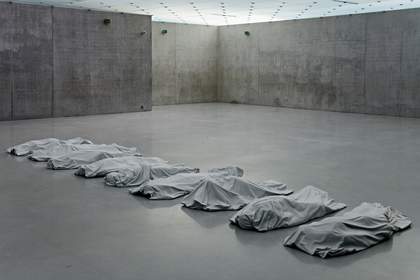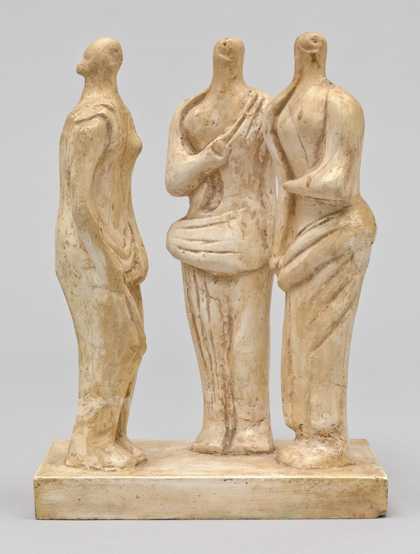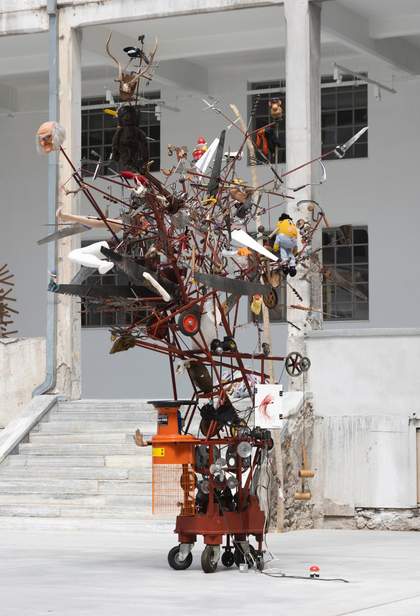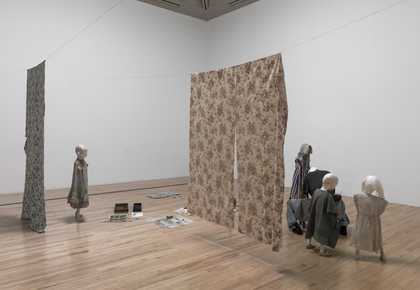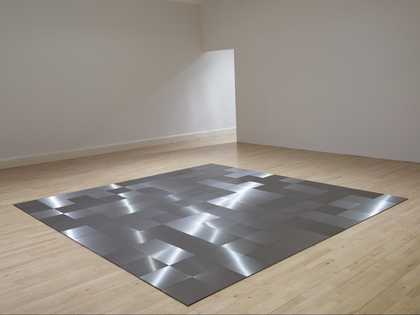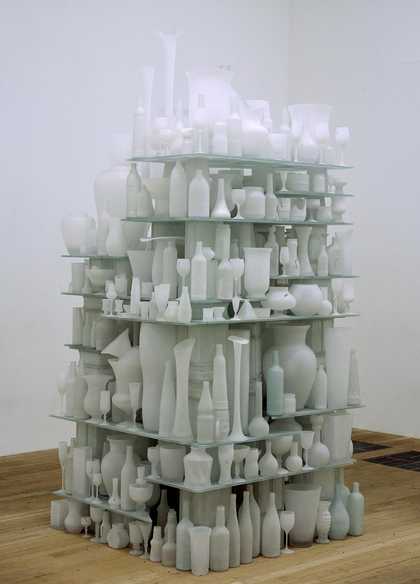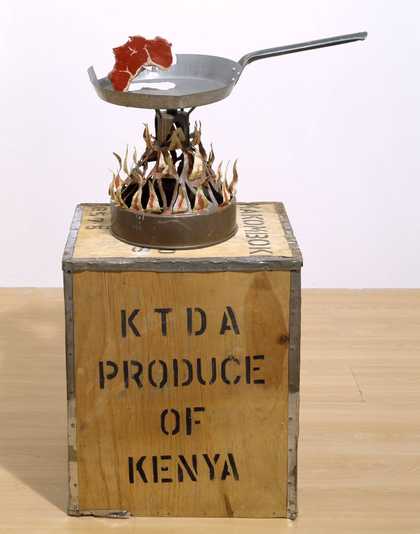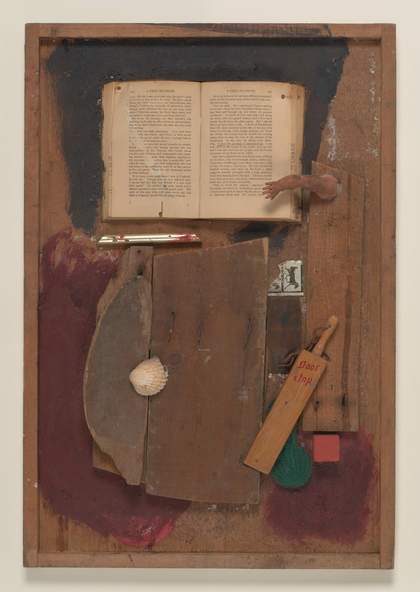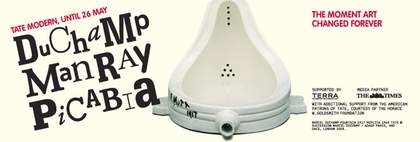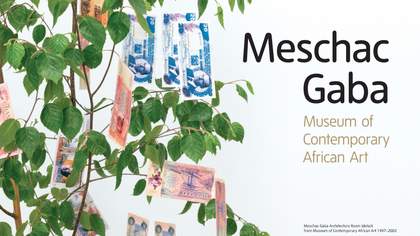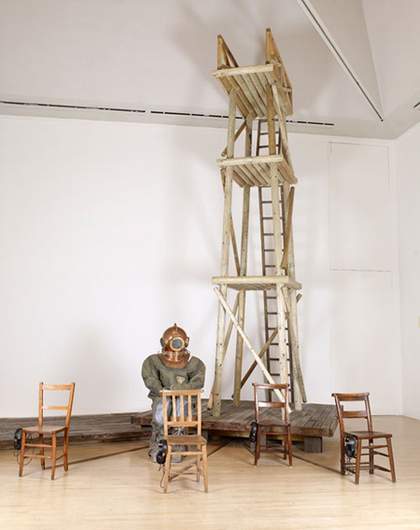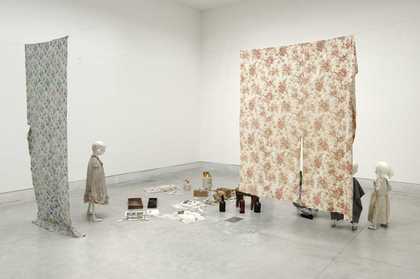Found objects (sometimes referred to by the French term for found object ‘objet trouvé’) may be put on a shelf and treated as works of art in themselves, as well as providing inspiration for the artist. The sculptor Henry Moore for example collected bones and flints which he seems to have treated as natural sculptures as well as sources for his own work. Found objects may also be modified by the artist and presented as art, either more or less intact as in the dada and surrealist artist Marcel Duchamp’s readymades, or as part of an assemblage.
As so often, Picasso was an originator. From 1912 he began to incorporate newspapers and such things as matchboxes into his cubist collages, and to make his cubist constructions from various scavenged materials.
Extensive use of found objects was made by dada, surrealist and pop artists, and by later artists such as Carl Andre, Tony Cragg, Bill Woodrow, Damien Hirst, Sarah Lucas and Michael Landy among many others.
Browse the slideshow below and read the image captions to explore some of the ways artists have used found objects in their work:

